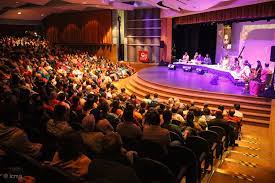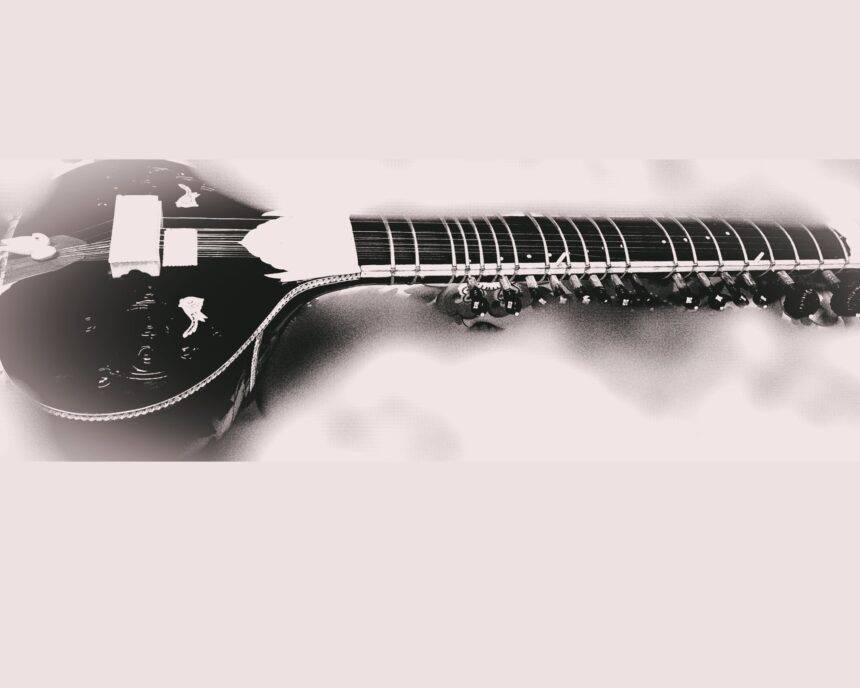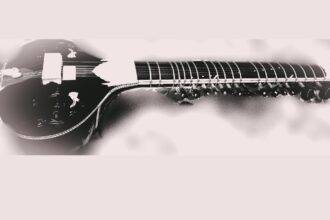The concert experience I shared in the last chapter prompts a deeper exploration of the intricate communication within the music. Music is a powerful form of communication that transcends linguistic barriers and connects people on a deep emotional level. Through its unique language of melodies, harmonies, rhythms, and lyrics (if applicable), music has the ability to convey and express a wide range of human emotions, thoughts, and experiences. It serves as a universal language that can be understood and appreciated by individuals from diverse cultures and backgrounds. Classical music serves as a canvas for human expression, encompassing a diverse array of emotions, themes, and ideas. Whether through instrumental or vocal music, people have used classical music to communicate their deepest thoughts and feelings, leaving a lasting impact on both performers and audiences. Instrumental music has a unique and powerful way of expressing itself without using words. While vocal music relies on lyrics to convey specific meanings and messages, instrumental music communicates through various musical elements. Instrumental music allows listeners to interpret and connect with the music based on their personal experiences and emotions. The absence of words opens up a world of possibilities for individualized interpretation, making instrumental music a universal and deeply emotional form of expression. At its core, communication in music happens through the artistic interpretation and delivery of the performer. When a musician plays an instrument or sings a melody, they are essentially conveying their emotions, experiences, and creativity through the medium of sound. Each note, phrase, and rhythm is like a sentence, and the composition, akin to a narrative, tells a story or expresses an idea.

PC: Indian Classical Music and Arts Foundation
Communication in music is a two-way process. On the one hand, the performer imparts their feelings and intentions into the music they play. A skilled musician can elicit a range of emotions, from joy and excitement to melancholy and contemplation, by modulating the pitch, dynamics, and tempo. This emotional depth and authenticity are what captivate the listeners and create a connection between them and the artist. On the other hand, the audience plays a crucial role in this communication. Their receptiveness and openness to the music enable them to interpret and absorb the messages embedded in the composition. The audience becomes an active participant, engaging with the music and responding to its nuances. Their response may include emotional reactions, introspection, or even reminiscence of their own experiences. During the mentioned concert, Ustad Shahid Pervez Khan showcased his remarkable talent for communication through the sitar. Such captivating encounters with music artists may not be uncommon, as many must have experienced similar awe-inspiring moments with various musicians. However, through his impeccable mastery of the instrument, he conveyed a vast array of emotions and artistic expressions. He navigated the alap with profound sensitivity, touching the hearts of those present with the soul-stirring melody. However, the initial lack of engagement from the audience could have disrupted the communication channel. Yet, Ustadji skillfully bridged this gap by acknowledging the audience with a smile, subtly expressing his understanding of their presence. This act of connection broke down the barrier between performer and listener, setting the stage for a more profound exchange of emotions. As he adjusted his performance, Ustadji’s music became a conduit for a shared experience. The audience responded to the musical dialogue, reciprocating his artistry with their undivided attention and quietude. The environment transformed into a space where emotions and energy flowed freely, fostering a heightened sense of connection and understanding. In this way, the concert became an intimate exchange of emotions and ideas, facilitated solely through the language of music. This ability of music to bridge gaps, create connections, and evoke profound emotions is a testament to its universality and power to unite individuals from diverse backgrounds.
Musical Communications are the communication of aesthetic elements. Communicating the aesthetic components in music performance involves effectively conveying the artistic and emotional aspects of the music to the audience. It goes beyond the technical execution of notes and involves expressing the depth, beauty, and intention behind the composition. It begins with the performer’s ability to express emotions through their playing or singing. Whether it’s conveying joy, sorrow, excitement, or tranquility, the performer must tap into the core emotions of the music and communicate them authentically to evoke a response from the audience. The way a musician phrases the music and uses dynamics (changes in volume) can greatly enhance the aesthetic impact. Every performer brings a unique interpretation to a piece of music. Aesthetic communication involves making artistic choices that align with the performer’s vision and understanding of the music they play. This interpretation should be genuine and thoughtfully crafted to enhance the listener’s experience. Aesthetic communication also includes knowing when to use space and silence in the performance. Pauses and moments of silence can be just as powerful as the sound itself, allowing the audience to absorb the music’s emotional impact. Nonverbal communication through gesture and body language reinforces the aesthetic elements of a music performance. Expressive movements and gestures enhance the emotional connection with the audience. Communication involves skillfully blending technical proficiency with emotional expression, artistic interpretation, and thoughtful communication. The performer’s ability to evoke emotions, create meaningful phrasing, and engage the audience’s imagination contributes to a memorable and impactful aesthetic experience.







